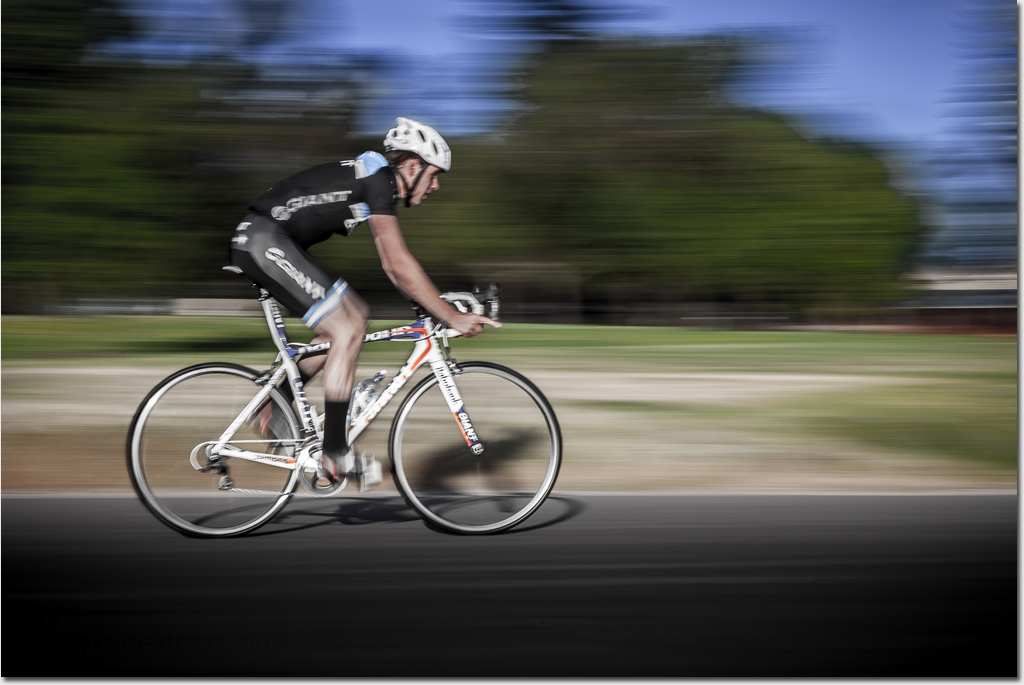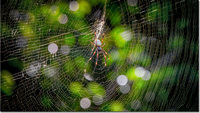
I do not know how many attempts I have made at getting this type of image to work.
Capturing movement in an image is part of the creative process and a balance often is sort between blurring moving elements in the image and keeping other parts sharp for references. This is important as the eye will naturally seek out the sharp detail first and then expand to include moving/blurred parts of the subject before finally taking in the entire image.
Capturing a fast subject and keeping that sense of moment presents some creative choices. If I want my subject tack sharp I need a fast shutter speed limiting with only the depth of field to play with. Too much depth and the picture lacks drama so very tight will draw attention to the subject but both images will lack a feel of movement. On the other hand a slow shutter speed will result in blurred subject which might work but if the background is sharp the image will feel all wrong with the eye not knowing where to look.
In this image I chose to use a panning technique which relies on my ability to track my moving target as accurately as possible. To get a great sense of speed the panning blur needs to occur over a reasonable part of the image. Too short a pan and the speed will not be conveyed, too long and it's impossible to track the image and keep it sharp. Finally I personally like using a large depth of field to give an edgy crispness to the background blur further enhancing the feel of speed.
Photo: Robert Rath, '366 Days of 2012, Day 307 - Movin It'. 1/25s f/22 ISO100 70mm




